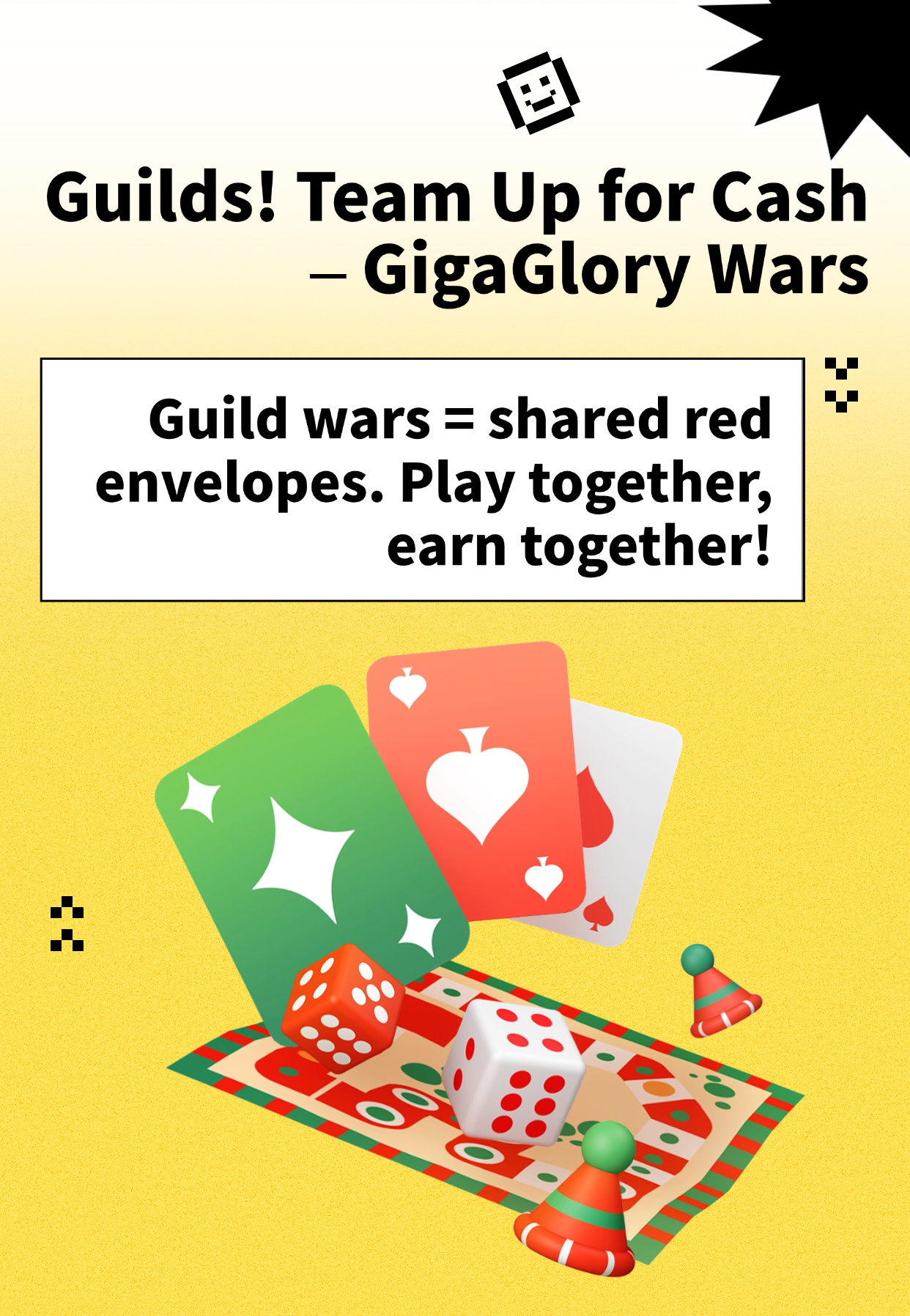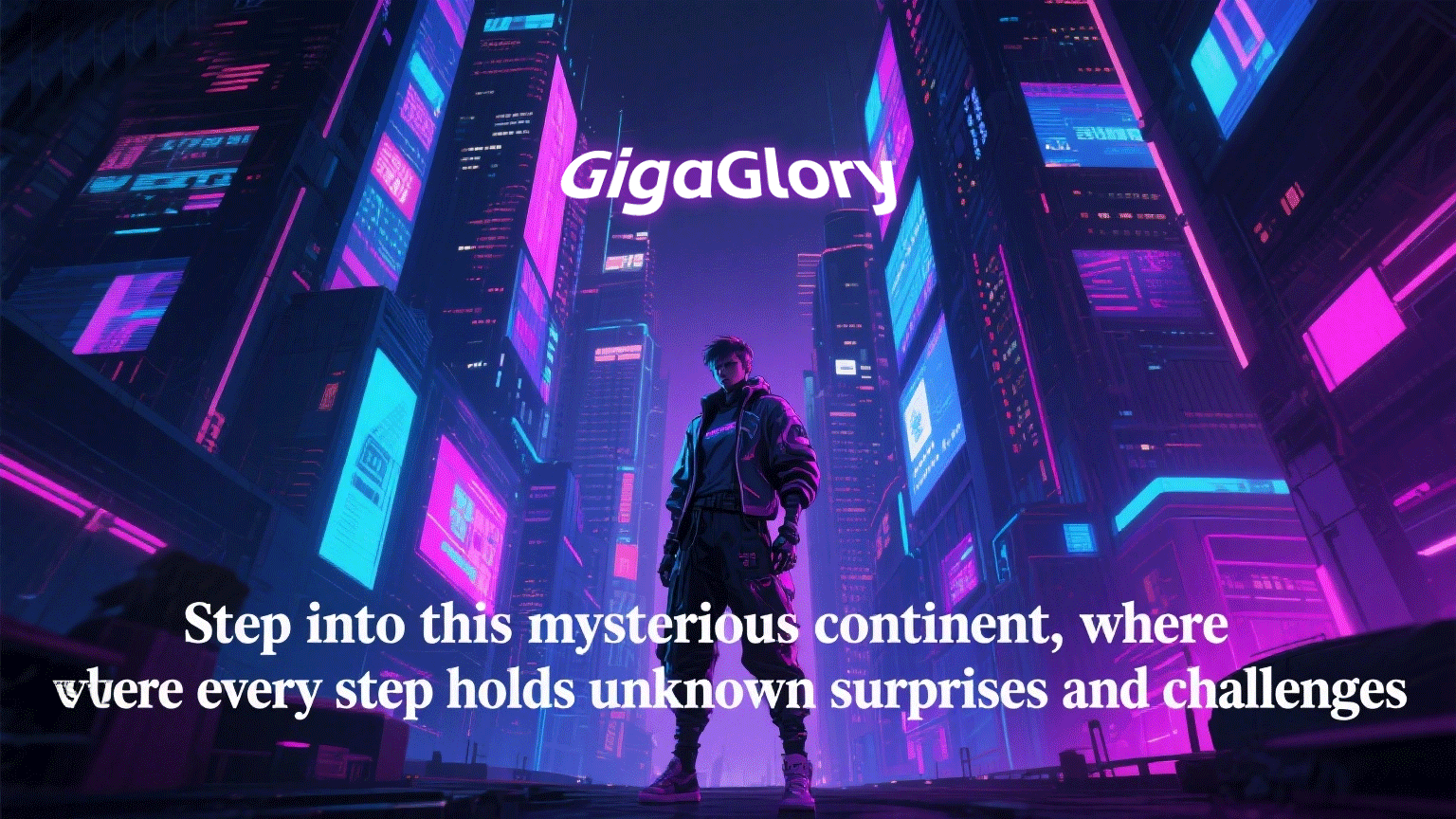Why Creative Indie Games are Reshaping the Future of Gaming Experience
The gaming industry has always been a vibrant and dynamic landscape, but in recent years, one particular segment has begun to reshape the way we experience games: creative indie games. These games, often produced by small teams or solo developers, emphasize innovation, art, and storytelling, diverging from the mainstream gaming trends. But what exactly does this shift mean for the future of gaming? Let's dive in.
Understanding Indie Games
Indie games, as the name suggests, are independent video games created without significant publisher funding. This independence allows developers to express themselves freely without adhering to the conventional norms of the gaming industry.
- Creative Freedom: Developers can take risks on unconventional ideas.
- Unique Experiences: Each game brings something distinct to the table.
- Community Engagement: Many indie games have robust communities supporting them.
The Rise of Creative Indie Games
In recent years, the market for creative indie games has flourished. Titles like "Hollow Knight," "Celeste," and "Undertale" have amassed massive popularity, showcasing how innovation can lead to commercial success.
This phenomenon can be attributed to several factors:
- Increased accessibility to development tools.
- The rise of digital distribution platforms like Steam and itch.io.
- A growing audience seeking unique, engaging experiences over just graphics and mechanics.
Impact on Players
Many players today are craving experiences that resonate with them on a personal level. Creative indie games allow for this by focusing on narrative depth and emotional storytelling.
For instance, a player's journey in an indie game often becomes a reflection of their own experiences, which is often lacking in mainstream titles that rely heavily on multiplayer dynamics.
Artistic Expression through Gameplay
Indie developers often see their work as art. The blend of gameplay with narrative and visual aesthetics leads to unique forms of expression. Creative indie games frequently challenge traditional gameplay mechanics, inviting players to engage in ways they never expected. Games like “Journey” or “Gris” show how a beautifully crafted world can be even more engaging than complex mechanics.
Shifting Industry Dynamics
As creative indie games rise in popularity, traditional game developers are taking notice. Game studios are beginning to adopt more artistic and innovative elements in their designs to appeal to the growing indie fanbase.
| Traditional Games | Creative Indie Games |
|---|---|
| High production values | Unique art styles |
| Linear storytelling | Non-linear narratives |
| Established franchises | Bold new ideas |
Case Study: Clash of Clans
While "Clash of Clans" may not be classified as an indie game, its success demonstrates how unique gameplay can attract millions. Its tactical elements and community-centric gameplay have found a balance that many creative indie games also strive for, leading players to build and strategize together.
Taking a page from its playbook, many indie games are starting to incorporate multiplayer elements, proving that creativity can flourish in any setting.
Strategies for Success in Indie Gaming
Indie game developers can learn a lot from both their peers and the established industry. Below are a few strategies they might consider:
- Engage with Community: Building a dedicated fanbase can greatly impact sales and marketing.
- Focus on what makes your game unique: Highlighting aspects that set your game apart can attract interest.
- Iterate based on feedback: Continuous engagement and adjustments can lead to a more polished final product.
The Future Landscape of Gaming
The increasing success of creative indie games is pushing the entire gaming industry towards innovation. As major publishers take notes from indie developers, players can expect a refreshing wave of creativity in upcoming titles.
Frequently Asked Questions (FAQ)
What makes indie games unique?
Indie games often prioritize artistic expression, narrative depth, and experimental gameplay. They allow developers to explore unique concepts without the constraints of big publishers.
Are indie games profitable?
Yes! Many indie games have achieved commercial success, proving that a creative vision can translate into financial gain.
Can indie games compete with big titles?
Absolutely. Indie games are carving out their own niche and often offer experiences that resonate more with players than some big-budget titles.
Conclusion
Creative indie games are not simply a trend; they are a movement reshaping the future of gaming. By offering unique experiences and challenging conventional norms, indie developers are expanding the horizons of what games can achieve. As players, we should embrace these innovators and the bright future they promise for the gaming world.



